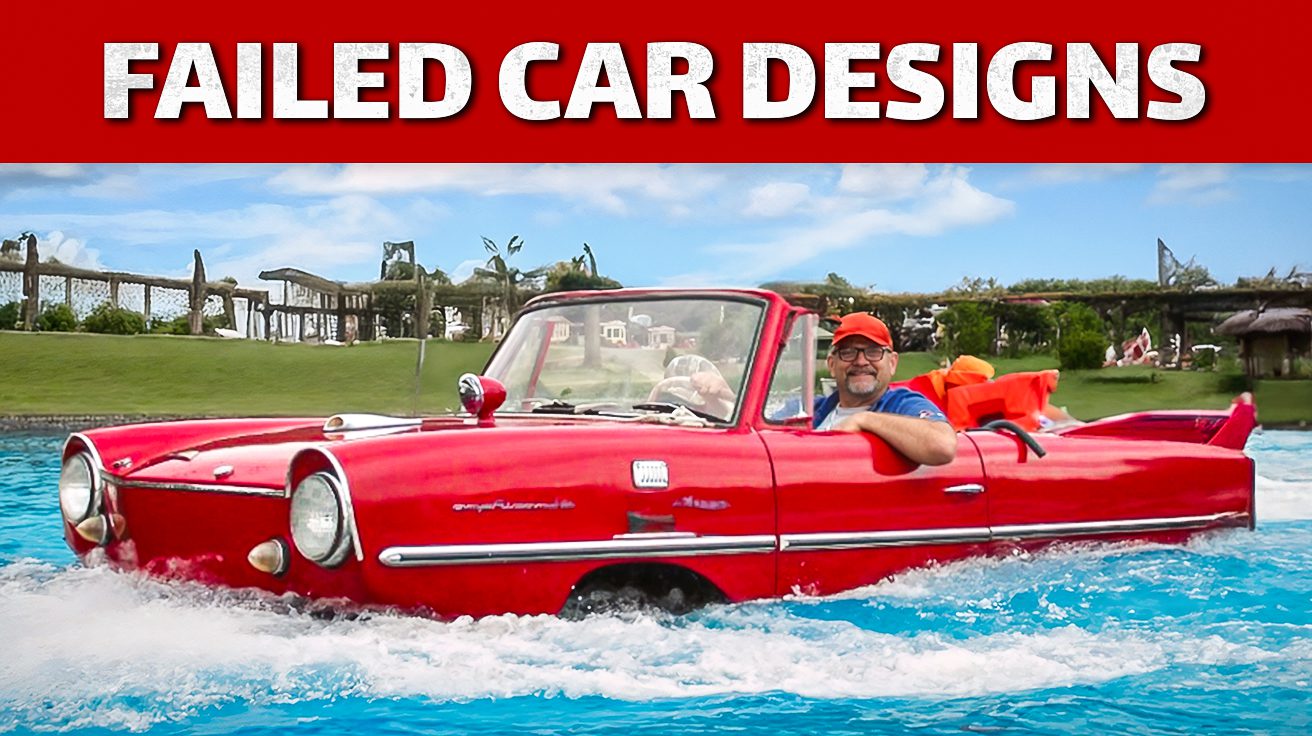Some of the best cars in history failed because nobody was ready for them yet. These visionary designers solved problems that people didn’t even know they had. Take the nuclear-powered Ford Nucleon – it promised an incredible 5,000 miles between fill-ups but couldn’t quite overcome those pesky radiation dangers. Then there’s Preston Tucker, whose amazing safety features showed up fifty years before becoming standard in every car. These mechanical time travelers essentially showed us the future but couldn’t survive long enough in the present.
Their forward-thinking ideas live on in today’s vehicles, quietly vindicating their creators after all.
13. Amphicar: The Car That Could Float (Exterior)
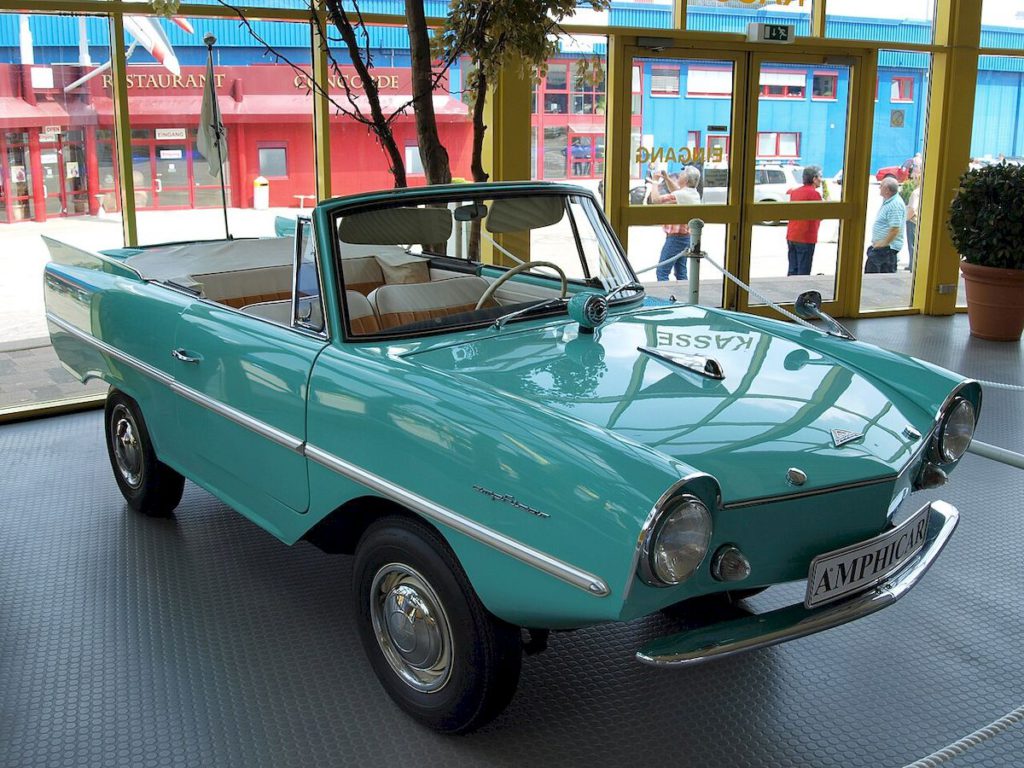
Driving into water meant success, not disaster, for the Amphicar’s designers in 1961. This oddity switched between land and water using a specialized Hermes transmission that controlled either wheels or twin nylon propellers. Triumph Herald’s weak 43hp engine pushed it through water at a crawling 7 mph and reached just 70 mph on land. The four color options (Beach White, Regatta Red, Lagoon Blue, and Fjord Green) couldn’t disguise its fundamental inadequacy at both jobs—performing poorly as both car and boat.
Amphicar (Interior)
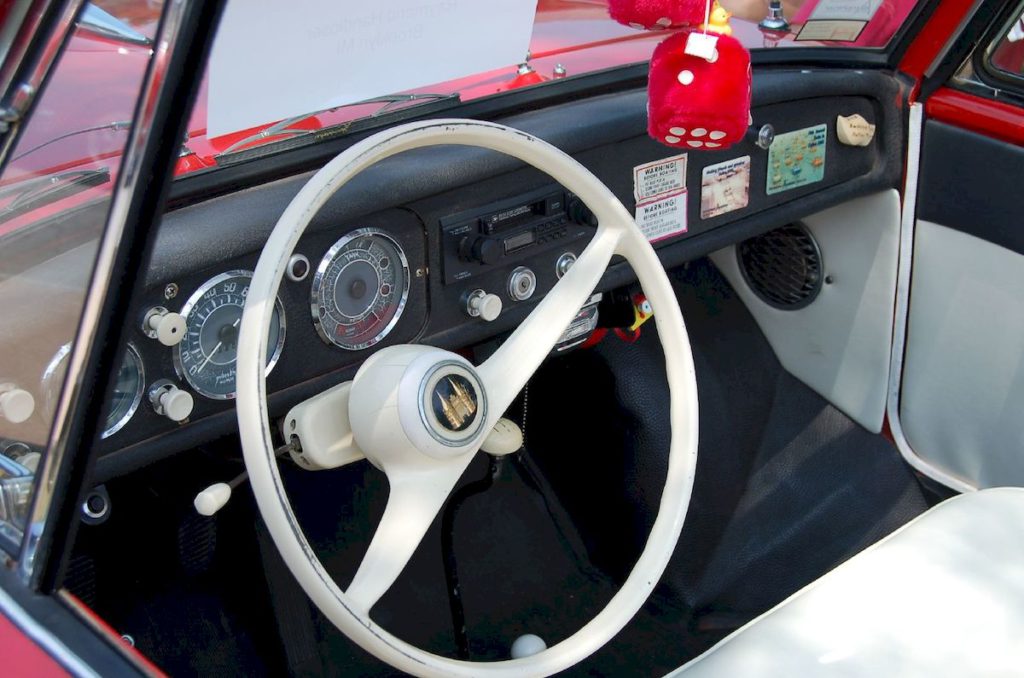
Imagine cruising on a lake one minute and driving home the next—the Amphicar’s interior promised this dream but delivered a soggy nightmare. Double-sealed doors leaked regularly, and constant maintenance drained owners’ wallets as corrosion attacked vital components. Even celebrity endorsement from President Lyndon B. Johnson couldn’t save it, with only 3,878 units sold against much higher projections. The marketing promise of amphibious freedom drowned under practical realities, though ironically, surviving examples now command over $100,000 as collectibles—far exceeding their original $3,000 price.
12. Reliant Robin: The Three-Wheeled Wonder

Three wheels should have meant fuel efficiency and nimble handling, but the Reliant Robin turned basic cornering into a tipping hazard. Its fiberglass body mounted on a steel chassis created a notorious stability problem during normal turns. Initially equipped with a 748cc engine (later upgraded to 850cc), the Robin struggled for respect despite its impressive 70 mpg fuel economy. The 450 kg lightweight construction couldn’t overcome physics or public perception during its 1973-2002 production run.
Reliant Robin (Interior)

If you’ve ever wondered what it’s like to drive a vehicle that might roll over during a routine turn, the Robin’s cramped interior added insult to injury. While the vehicle sold over 63,000 units to drivers limited to motorcycle licenses, it never escaped its status as a rolling punchline in British culture. Market demand eventually dwindled until the Robin 65 edition marked the end with just 65 units in 2000. What began as practical transportation for license-restricted drivers ended as British comedy’s favorite automotive target.
11. Ford Nucleon: The Atomic Dream Car
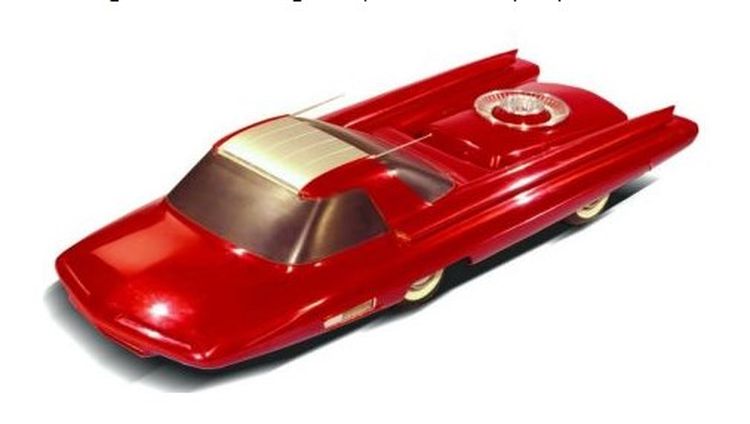
Powered by a miniature nuclear reactor, the 1958 Ford Nucleon promised 5,000 miles between refueling stops—if it had ever escaped the drawing board. Cold War enthusiasm couldn’t overcome radiation dangers and cooling problems that kept this streamlined dream car from advancing beyond scale models. The cab-forward layout and sweeping lines visualized an atomic future that physics simply wouldn’t allow. This speculative design symbolized atomic age optimism before practical engineering limitations intervened.
10. Bricklin SV1: Safety First, Style Second (Exterior)
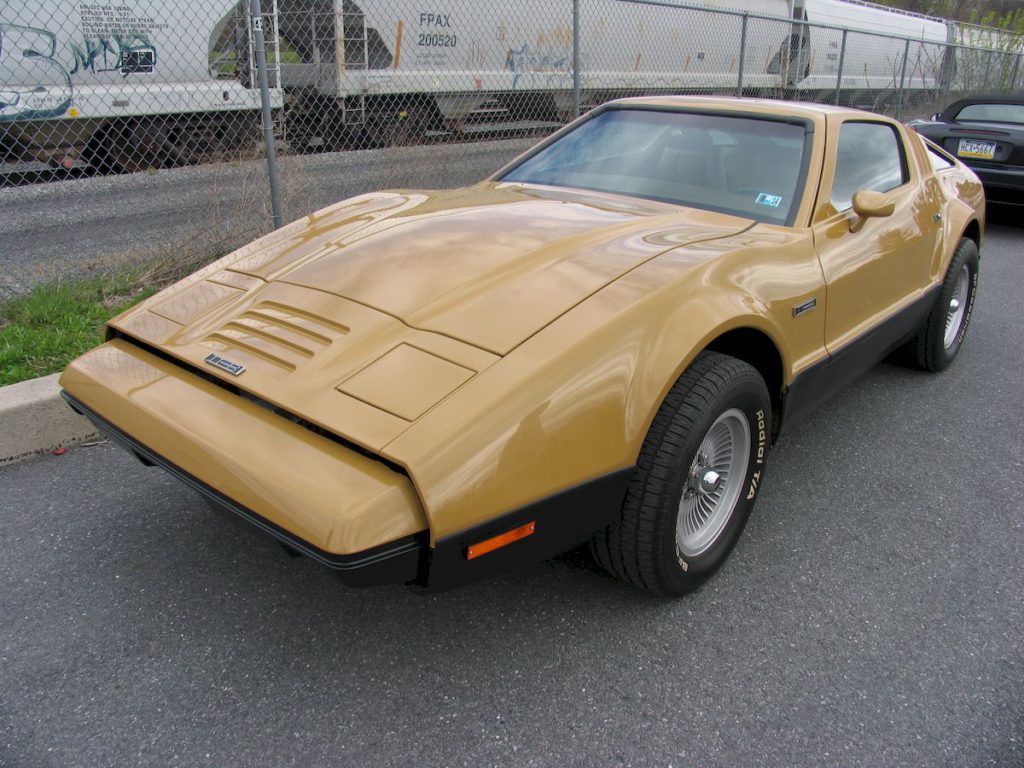
Safety features killed the Bricklin SV1 before any crash could. Manufactured from 1974-1975, the SV1’s electro-hydraulic gullwing doors impressed visually but trapped occupants when systems failed. Acrylic body panels cracked easily despite their protective intent, while the integrated roll cage added substantial weight. Even powerful American engines (AMC 360 V8, later Ford 351 Windsor V8) couldn’t overcome the safety-first design that sacrificed performance and reliability.
Bricklin SV1 (Interior)
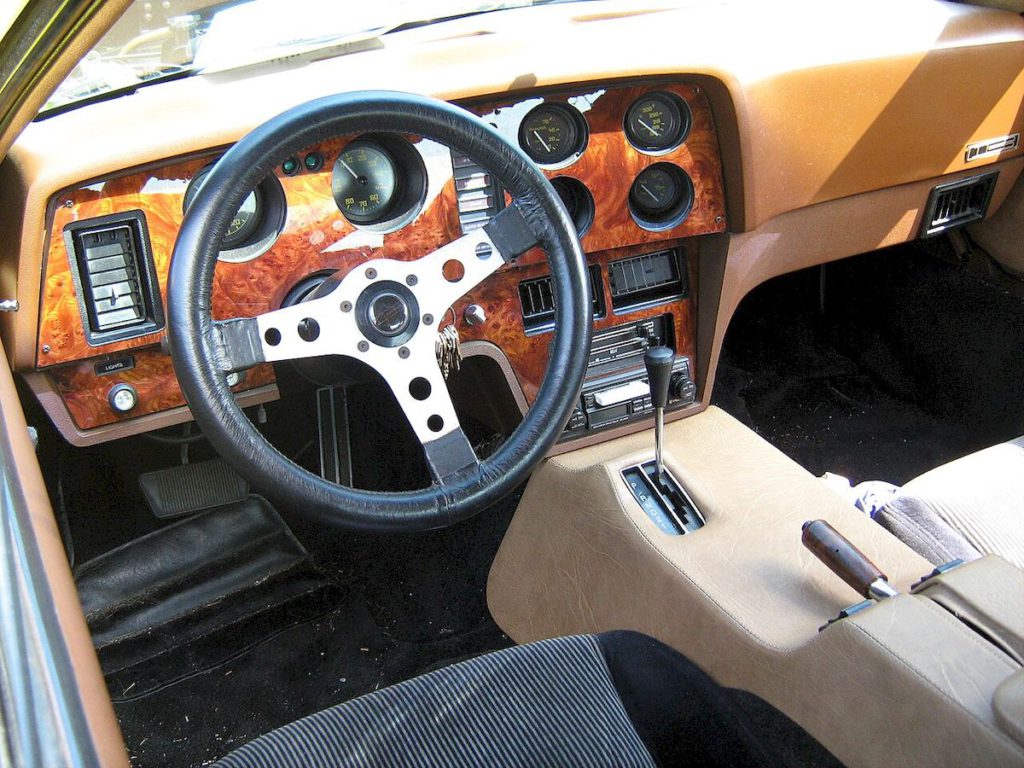
Trapped inside your own car? For SV1 owners, failed gullwing door mechanisms turned safety features into potential hazards. Despite genuinely innovative features—eliminating exterior handles and protrusions for improved crash safety—the company declared bankruptcy after producing only 2,854 vehicles. The $9,980 price couldn’t justify the engineering compromises. Today’s collectors pay between $5,000-$30,000 for these rare examples of ambitious safety engineering that the market wasn’t ready to embrace.
9. Chrysler Turbine Car: A Tequila-Fueled Dream (Enterior)
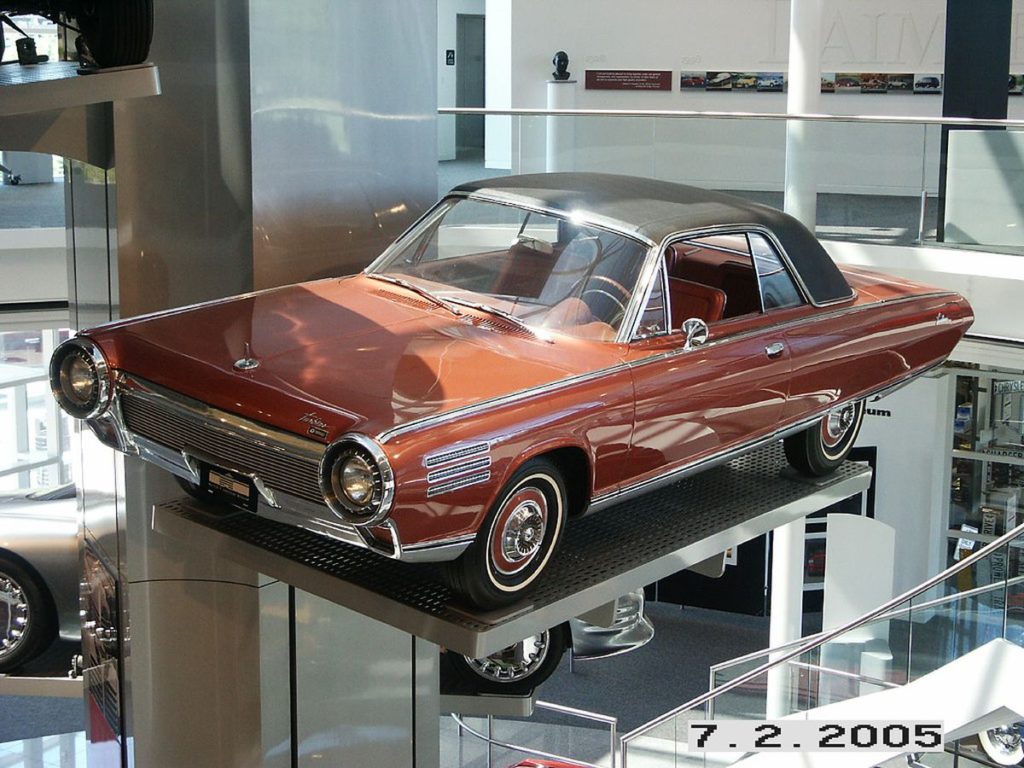
The Chrysler Turbine Car ran on tequila, perfume, or jet fuel—a multi-fuel flexibility decades ahead of its time but doomed by practical limitations. The elegant Ghia-designed Italian body concealed a revolutionary propulsion system that consumed virtually any combustible liquid but at an abysmal 11.5 mpg average. The fourth-generation A831 gas turbine engine delivered 130 hp and impressive 425 lb-ft of torque while offering multi-fuel capability decades before flex-fuel became common.
Chrysler Turbine Car (Interior)
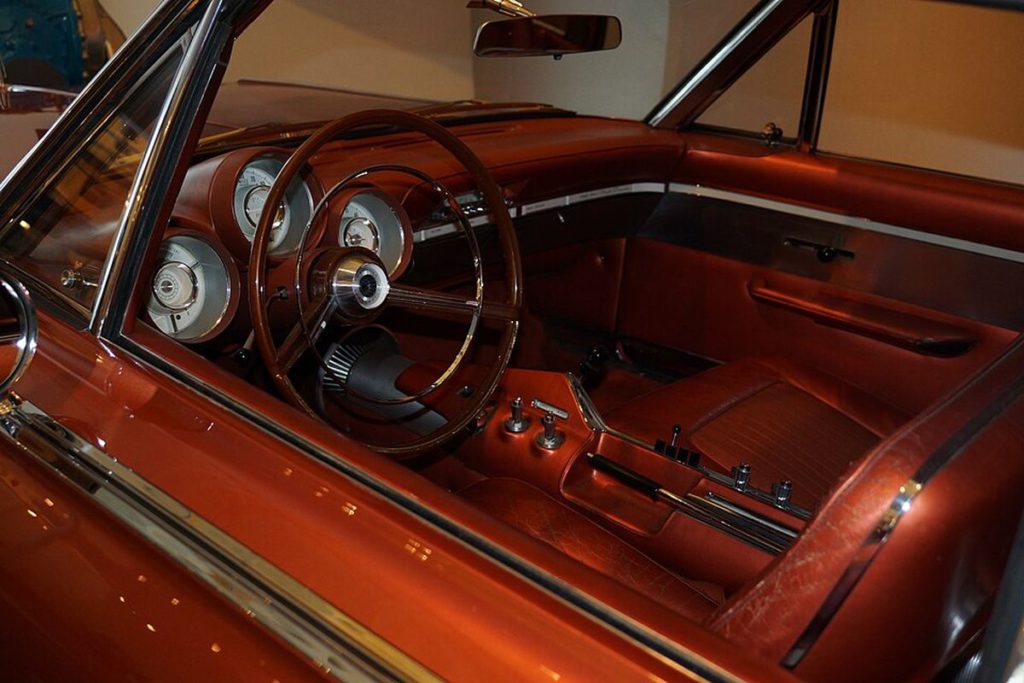
Jet-like noise and excessive heat inside the cabin reminded Turbine Car drivers why aircraft technology belongs in the sky, not on highways. The 203 test drivers logged over 1 million miles collectively, praising its smooth operation but criticizing poor fuel economy and throttle lag. Chrysler produced only 55 units before destroying most after testing concluded. The 9 surviving examples remain valuable artifacts of automotive innovation without the practicality needed for commercial success—turbine technology never overcame its fundamental inefficiencies for passenger cars.
8. Peel P50: The World’s Smallest Car (Exterior)
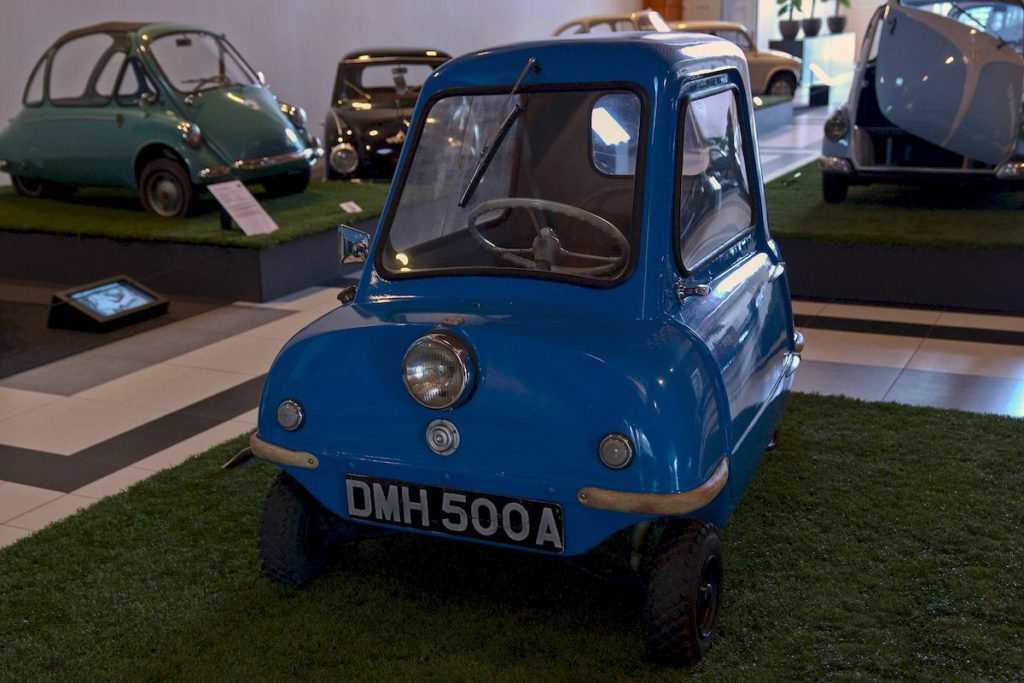
Smaller than some luxury car engine blocks, the Peel P50 holds the Guinness record for the smallest production car ever made. This 1962-1965 microcar stretched just 54 inches long and weighed a featherlight 130 pounds. The tiny 49cc engine produced a mere 4.2 hp, pushing the miniature vehicle to a top speed of 38 mph. A single door, one headlight, and no reverse gear completed the minimalist package—drivers needing to change direction simply lifted and turned the car using a handle at the rear.
Peel P50 (Interior)
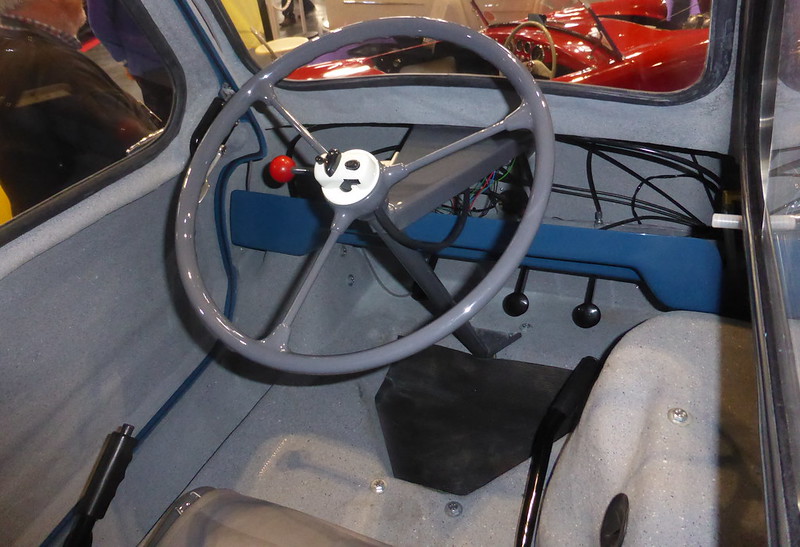
What if your entire car had less interior space than an office chair? P50 owners lived this reality daily. The single-seat cabin offered just enough room for one adult—barely—with no space for passengers or meaningful cargo. Despite selling only about 50 original units at £199 each, the P50 gained worldwide fame when Jeremy Clarkson drove one through BBC offices on Top Gear. Modern reproductions now sell for £14,879-£19,999, while original models can exceed £100,000—ironically making the world’s smallest car one of the most expensive per square inch.
7. Tucker 48: The Car of Tomorrow, Yesterday (Exterior)
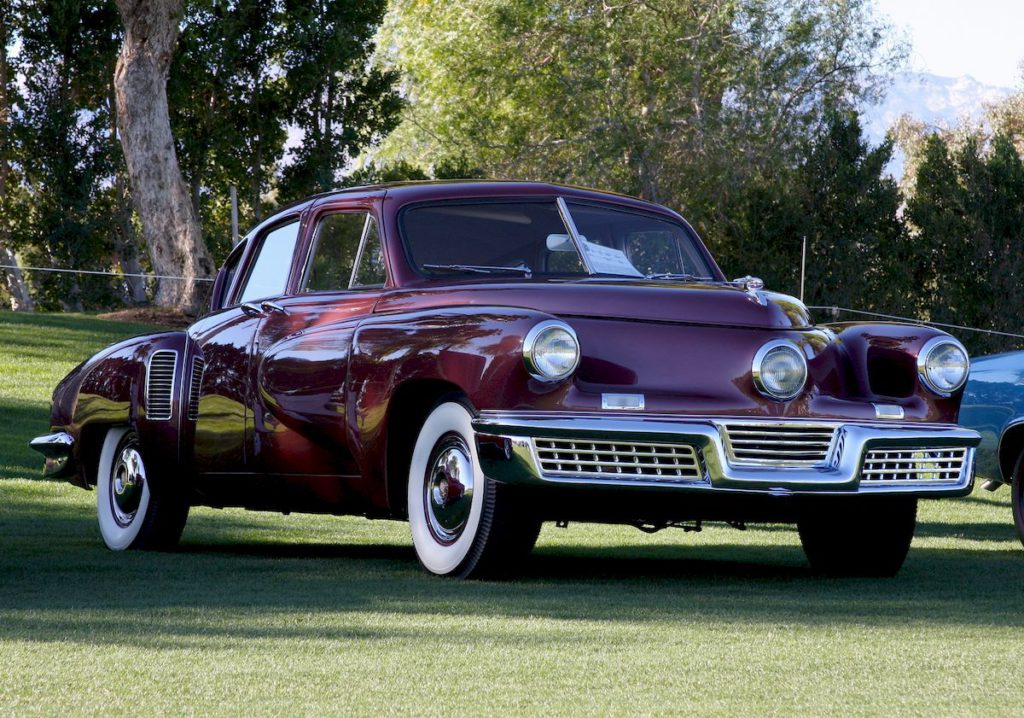
The Tucker 48’s center headlight turned with the steering wheel, illuminating curves decades before adaptive lighting became common in luxury vehicles. Only 51 vehicles emerged before legal troubles destroyed the company in 1948. The aerodynamic design housed a rear-mounted 334 cubic inch flat-six engine producing 166 hp with a 120 mph top speed. Preston Tucker’s revolutionary sedan featured advanced safety features like a padded dashboard and pop-out windshield that wouldn’t appear in mainstream cars for years.
Tucker 48 (Interior)

Ahead of its time by 50 years, the Tucker 48’s interior featured safety innovations that wouldn’t become standard until the 1990s. The rear-engine, rear-wheel drive layout provided excellent interior space but required drivers to adapt to unusual handling characteristics. Despite generating over 2,000 dealer applications at its $2,450 price point, production ended prematurely under controversial circumstances. Preston Tucker’s legal battles killed the company before planned fuel injection and disc brakes reached production, though surviving examples now command over $2 million.
6. GM EV1: The Electric Pioneer (Exterior)
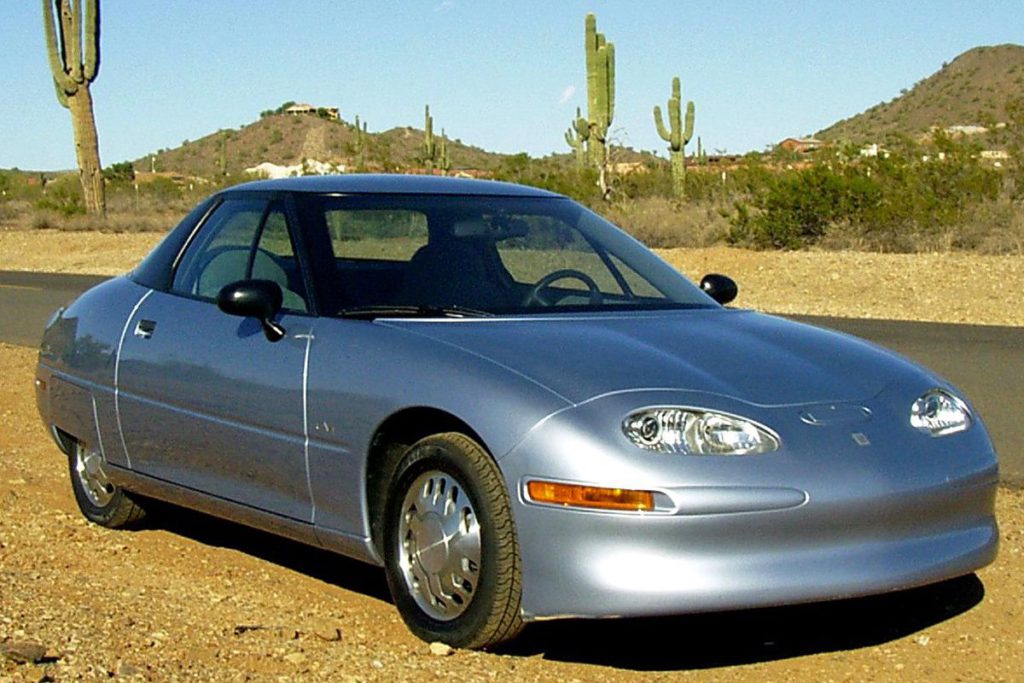
Slipping through the air with a drag coefficient of just 0.19, the GM EV1 proved electric cars could be sleek, efficient, and still doomed by corporate shortsightedness. Built from 1996-1999, this purpose-designed electric car achieved remarkable aerodynamics and respectable performance. First-generation models managed just 70-100 miles with lead-acid batteries, while second-generation versions improved to 100-140 miles with nickel-metal hydride technology. Limited to California and Arizona markets, the EV1 reached 60 mph in 8 seconds despite its breakthrough technology.
GM EV1 (Interior)
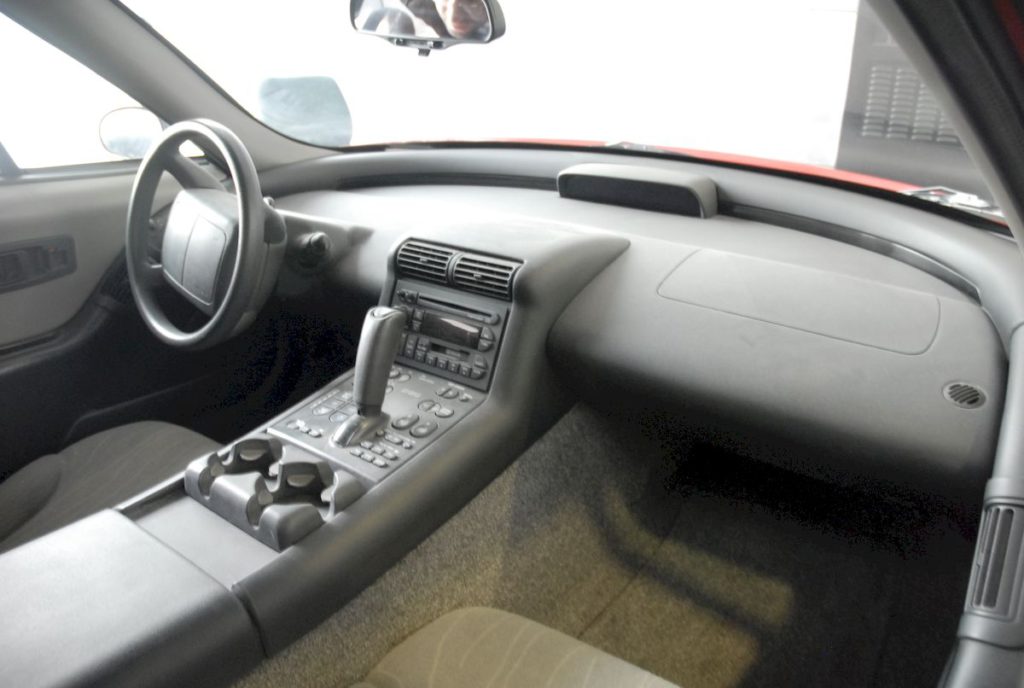
GM crushed nearly every EV1 they built, despite creating an interior that pioneered features we now take for granted in modern electric vehicles. Advanced technologies like regenerative braking and keyless entry showcased GM’s serious approach. However, lengthy 8-hour charging times and astronomical production costs (estimated $80,000 per vehicle) undermined commercial viability. GM produced 1,117 units before controversially recalling and destroying most examples, sparking environmentalist protests. The monthly lease payments of $399-$549 bought temporary access to technology that disappeared when GM reclaimed virtually all units—only about 40 examples survive today.
5. Pontiac Aztek: A Design Disaster Turned Cult Classic

Designed by committee and reviled by nearly everyone, the Pontiac Aztek became the poster child for automotive styling gone horribly wrong. This 2001-2005 crossover SUV featured bizarre proportions and confused styling that looked like multiple vehicles awkwardly grafted together. Despite practical features like a removable cooler and optional tent package, the polarizing appearance sent potential buyers running to competitors. The 3.4L V6 engine produced 185 hp but couldn’t overcome the visual shock of the vehicle’s exterior design.
Pontiac Aztek (Interior)

If you valued function over form, the Aztek’s interior briefly redeemed its exterior sins—until quality issues emerged. Inside lurked genuinely useful innovations like removable cargo trays, a sliding cargo tray, and an available head-up display rarely seen in this price class. Production lasted just five years with approximately 115,000 units sold against much higher projections. Originally priced at $21,995, the Aztek languished on used car lots until TV show “Breaking Bad” transformed it into an ironic cult classic, slightly improving its historically abysmal resale values.
4. DeLorean DMC-12: Back to Reality (Exterior)
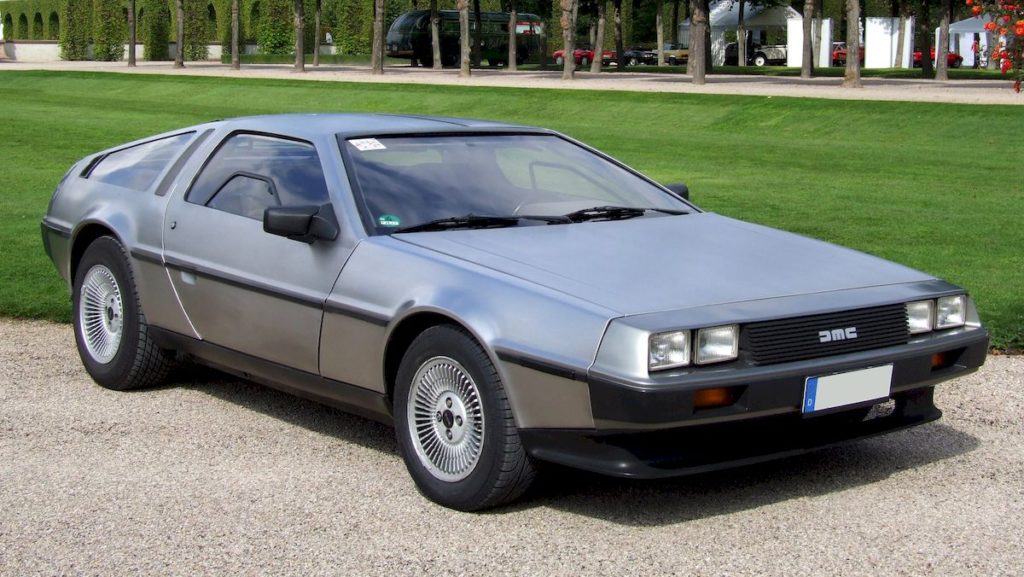
If you judge cars by their looks rather than performance, the stainless steel DeLorean DMC-12 might still disappoint with its sluggish acceleration and problematic build quality. Produced briefly from 1981-1983, its unpainted stainless steel body panels and dramatic gullwing doors created an unforgettable silhouette. Giorgetto Giugiaro’s futuristic design promised performance that the underpowered Peugeot-Renault-Volvo V6 engine couldn’t deliver—just 130 hp yielding disappointing 0-60 mph in 8.8 seconds despite the hefty $25,000 price tag.
DeLorean DMC-12 (Interior)
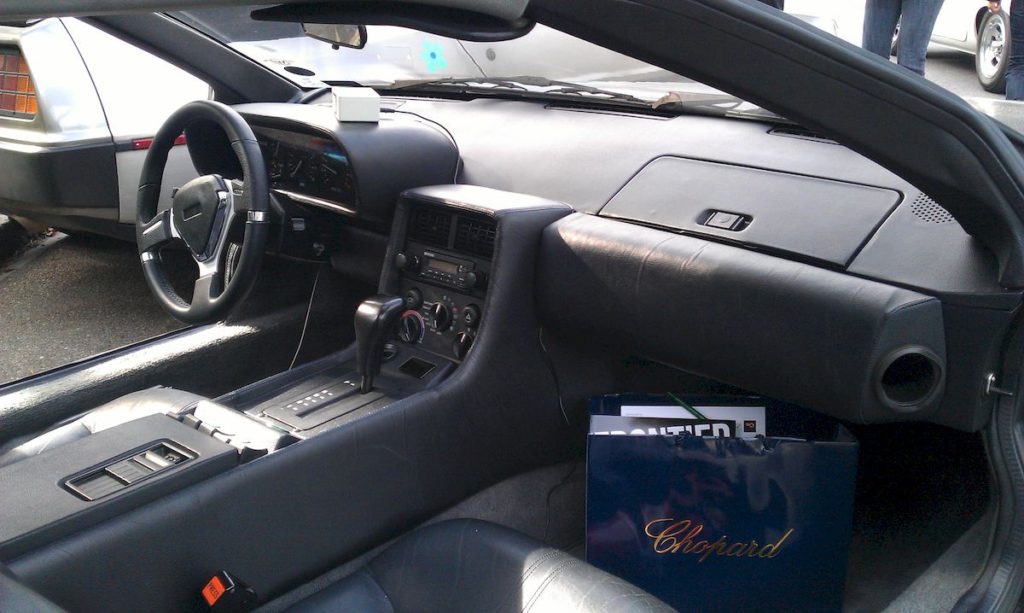
Time travel in Back to the Future looked easier than daily driving for actual DMC-12 owners, who struggled with poor visibility and awkward ergonomics. Quality control issues plagued many of the approximately 9,000 units produced before legal scandals ended production. Hollywood intervention via the time-travel trilogy transformed a commercial failure into a cultural icon, elevating values to $30,000-$50,000 for decent examples, with movie-related specimens exceeding $100,000 despite mediocre period reviews and real-world performance.
3. Cadillac Cimarron: A Badge Engineering Blunder (Exterior)
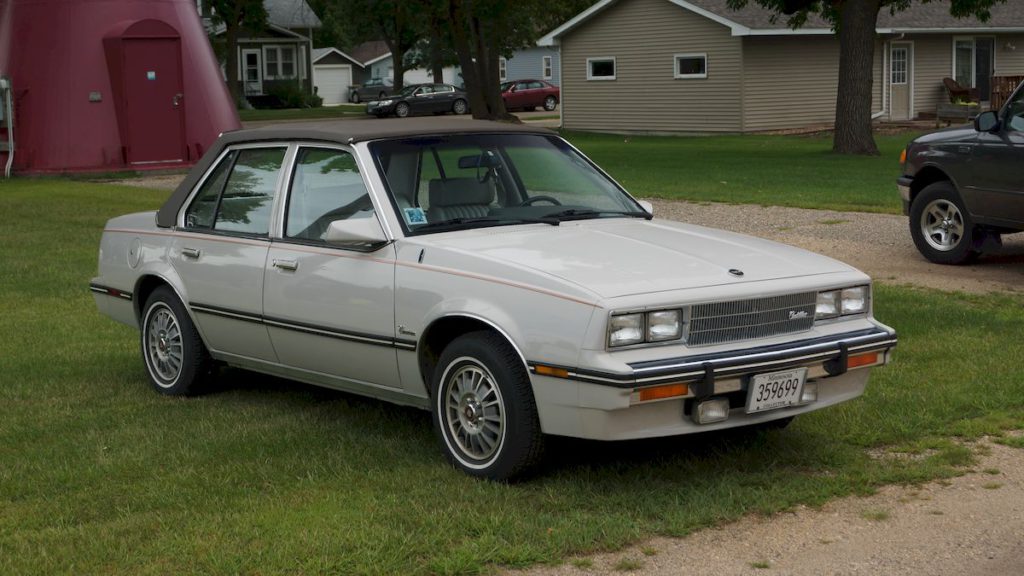
Cadillac’s cheapest offering was also its biggest mistake—the Cimarron fooled no one with its Chevrolet Cavalier bones. Produced from 1982-1988, this thinly disguised economy car came with minimal cosmetic changes and premium pricing. Initially powered by a wheezing 1.8L four-cylinder engine (later slightly improved with a 2.8L V6), the Cimarron embarrassed a brand known for powerful, comfortable luxury cars. The front-wheel-drive compact utterly failed against established European competitors.
Cadillac Cimarron (Interior)
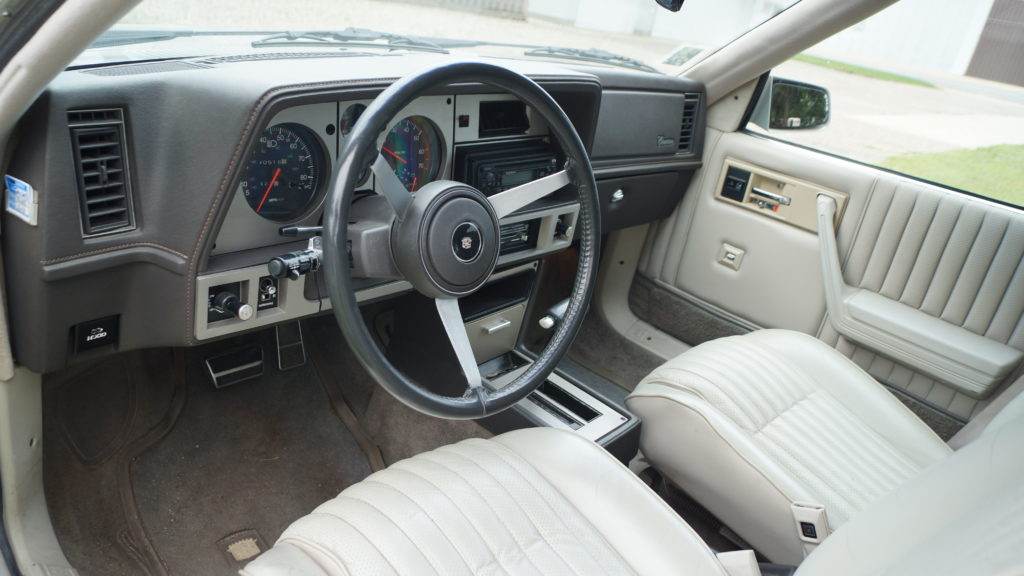
If you paid Cadillac prices for Cavalier quality in 1982, the Cimarron’s interior reminded you of your mistake with every plastic panel and budget switchgear. Despite selling approximately 132,000 units over seven years, the $12,181 base price seemed absurd for essentially a dressed-up Cavalier. Brand damage lingered for decades, teaching GM an expensive lesson about badge engineering. Collectors today show almost no interest in preserving these symbols of luxury marketing gone wrong.
2. Jaguar XK8: Grace, Pace, and Space, Briefly (Exterior)
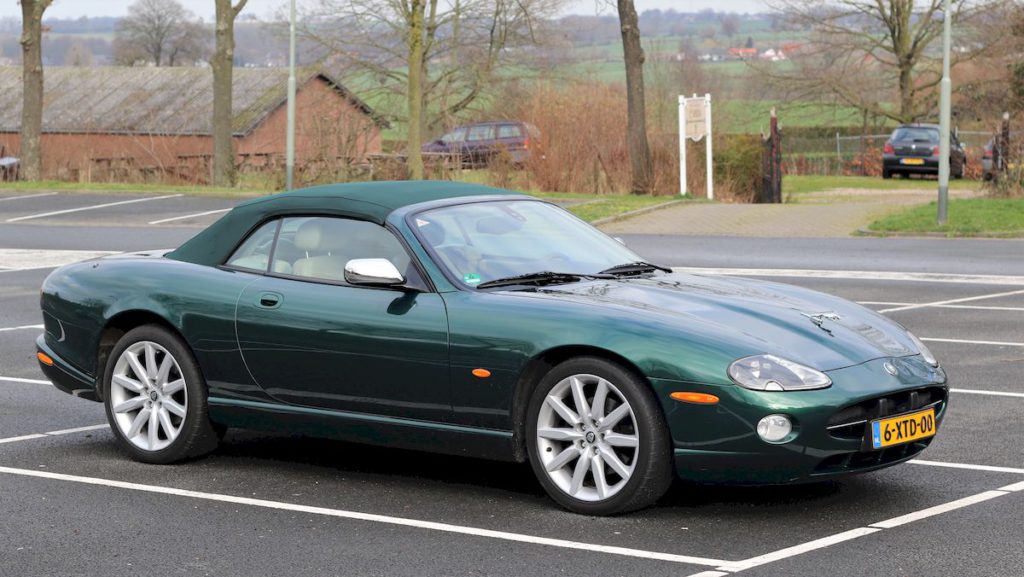
Drawn in by gorgeous styling, XK8 buyers often found themselves on first-name basis with their mechanics within months of purchase. Produced from 1996-2006, this stylish grand tourer wrapped traditional British styling around a modern 4.0L AJ-V8 engine (later 4.2L) that developed critical cylinder liner wear in early models. The sleek coupe and convertible delivered decent performance (0-60 mph in 6.4 seconds), but timing chain tensioner failures haunted early buyers who paid $65,000 for British prestige.
Jaguar XK8 (Interior)
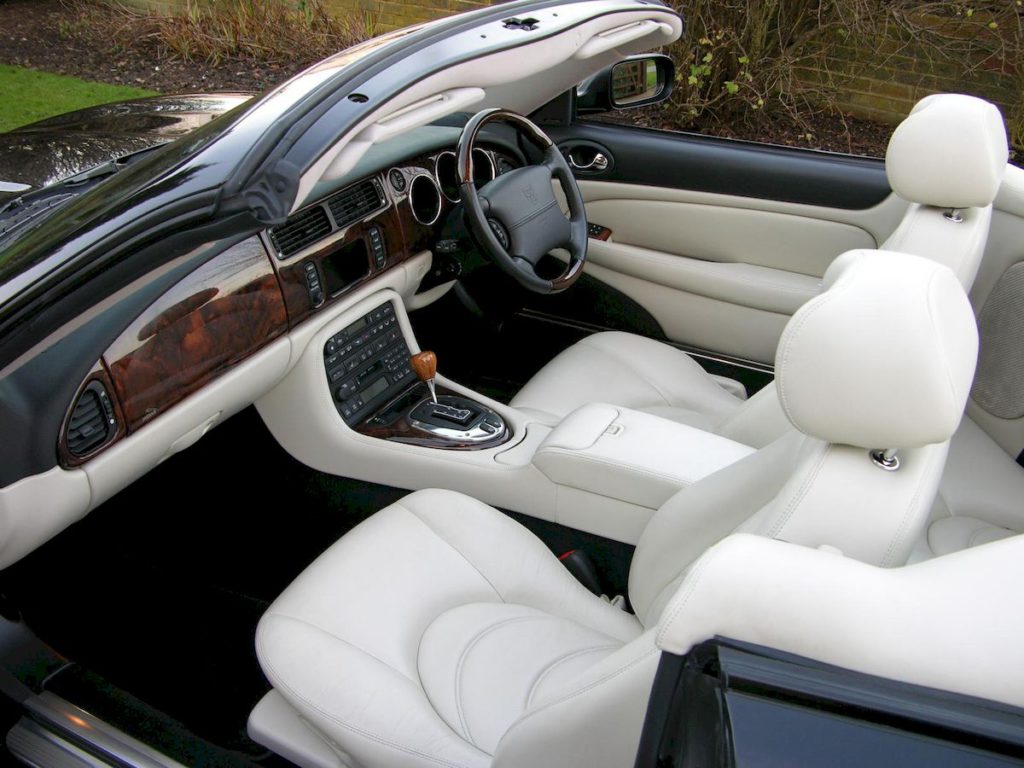
British luxury met American reliability engineering in the XK8’s interior under Ford ownership, creating a cabin that looked better than it worked. Luxury touches like wood and leather trim couldn’t compensate for electrical gremlins that plagued early production examples. Ford’s ownership influence showed in both styling and variable build quality throughout the car’s 10-year production run with over 90,000 units sold. Special editions like the Silverstone added features but couldn’t erase reliability concerns that unfairly shadowed later, improved models.
1. Sinclair C5: An Electric Dream Too Soon

Sitting inches from the ground with cars towering above you describes the terrifying reality of Sinclair C5 ownership. This 1985 battery-powered curiosity crawled along at just 15 mph with a disappointing 20-mile range. Weighing a mere 99 pounds and powered by a tiny 250W electric motor with pedal assist, the C5’s low-slung design created serious safety concerns by positioning riders at bumper height in traffic, with virtually no protection from weather or accidents. Caught in the rain? The Sinclair C5 offered no protection whatsoever, turning commutes into weather-dependent gambles with its exposed single-seat design. Despite its affordable £399 price and no license requirement in the UK, the market rejected this early electric mobility experiment. Only about 14,000 units sold against much higher projections, quickly bankrupting Sinclair Vehicles. What began as ridicule has transformed over decades—surviving examples now attract several thousand pounds from collectors who recognize this flawed but pioneering attempt at personal electric transportation. While these vintage cars may not have succeeded, they paved the way for innovation and inspired today’s unbelievable vehicles that continue to push technological limits

